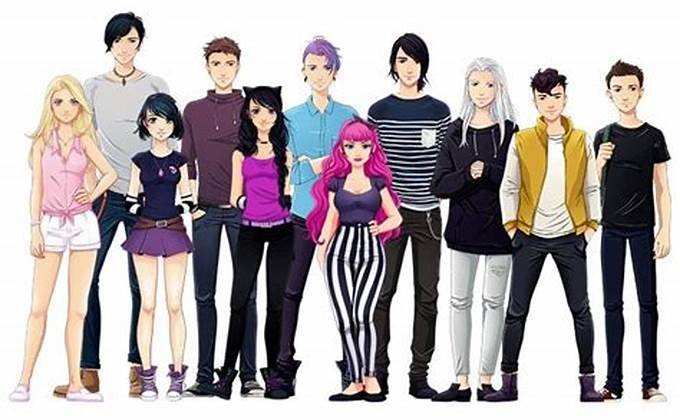Japanese cinema is a powerful mirror reflecting the cultural and social transformations within Japan. From post-war recovery to modern-day challenges, Japanese films provide insightful commentary on the country’s evolving identity. Here’s an exploration of how Japanese films capture and reflect these changes over time.

Post-War Reflections and Recovery
In the aftermath of World War II, Japanese cinema grappled with the nation’s devastation and recovery. Films from this period often explored themes of loss, rebuilding, and the shifting societal values.
Key Films:
- “Tokyo Story” (1953) by Yasujiro Ozu: This film portrays the generational gap and the changes in family dynamics as Japan modernizes. It reflects the societal shift from traditional values to a more contemporary outlook.
- “Rashomon” (1950) by Akira Kurosawa: This film delves into the complexities of truth and human nature, reflecting the uncertainty and questioning of moral values in post-war Japan.
Significance: These films highlight the struggles of a society coming to terms with its recent past and adjusting to a rapidly changing world.
The Rise of Modern Japan
As Japan experienced economic growth and modernization in the 1960s and 1970s, its cinema began to reflect the complexities of urban life and the burgeoning consumer culture.
Key Films:
- “The Ballad of Narayama” (1958) by Keisuke Kinoshita: Although set in a traditional village, it metaphorically addresses themes of societal pressure and change.
- “Branded to Kill” (1967) by Seijun Suzuki: This film showcases the burgeoning youth culture and the impact of Western influences on Japanese society.
Significance: These films depict the clash between traditional values and modernity, capturing the tension and adaptation of Japanese society.
Exploring Gender and Identity
In recent decades, Japanese films have increasingly addressed issues of gender identity and societal roles, reflecting the ongoing discourse about gender equality and personal freedom.
Key Films:
- “Tampopo” (1985) by Juzo Itami: This film uses the quest for the perfect ramen recipe to explore cultural identity and societal roles in contemporary Japan.
- “Nobody Knows” (2004) by Hirokazu Kore-eda: It highlights the struggles of children left to fend for themselves, addressing issues of family and social neglect.
Significance: These films provide a nuanced look at how traditional gender roles and family structures are evolving in modern Japan.
The Influence of Globalization
As Japan integrated further into the global economy and culture, its films began to reflect the influence of globalization and the blending of international and Japanese elements.
Key Films:
- “Lost in Translation” (2003) by Sofia Coppola: Although a Western film, it captures the cultural dislocation experienced by foreigners in Japan and highlights global cultural interactions.
- “Your Name” (2016) by Makoto Shinkai: This film combines traditional Japanese themes with contemporary storytelling and global appeal, reflecting the influence of international audiences on Japanese cinema.
Significance: These films illustrate how Japanese culture is both influencing and being influenced by global trends, showcasing the dynamic interplay between local and global elements.
Addressing Contemporary Issues
Modern Japanese films continue to tackle contemporary social issues, such as aging, environmental concerns, and technological advancements, reflecting the current challenges facing Japanese society.
Key Films:
- “Shoplifters” (2018) by Hirokazu Kore-eda: This film explores economic disparity and social welfare, reflecting ongoing concerns about poverty and family structures in Japan.
- “The Garden of Words” (2013) by Makoto Shinkai: It addresses themes of loneliness and the search for connection in a rapidly urbanizing world.
Significance: These films provide insight into the pressing social issues of today, offering a lens through which to view and understand contemporary Japanese society.
Conclusion
Japanese films serve as a rich tapestry of the country’s cultural and social changes. From post-war recovery to modern societal issues, they capture the evolving nature of Japanese identity and values. By exploring these films, we gain a deeper understanding of how Japan has navigated its transformation over the decades, reflecting both its unique heritage and its response to global influences.










